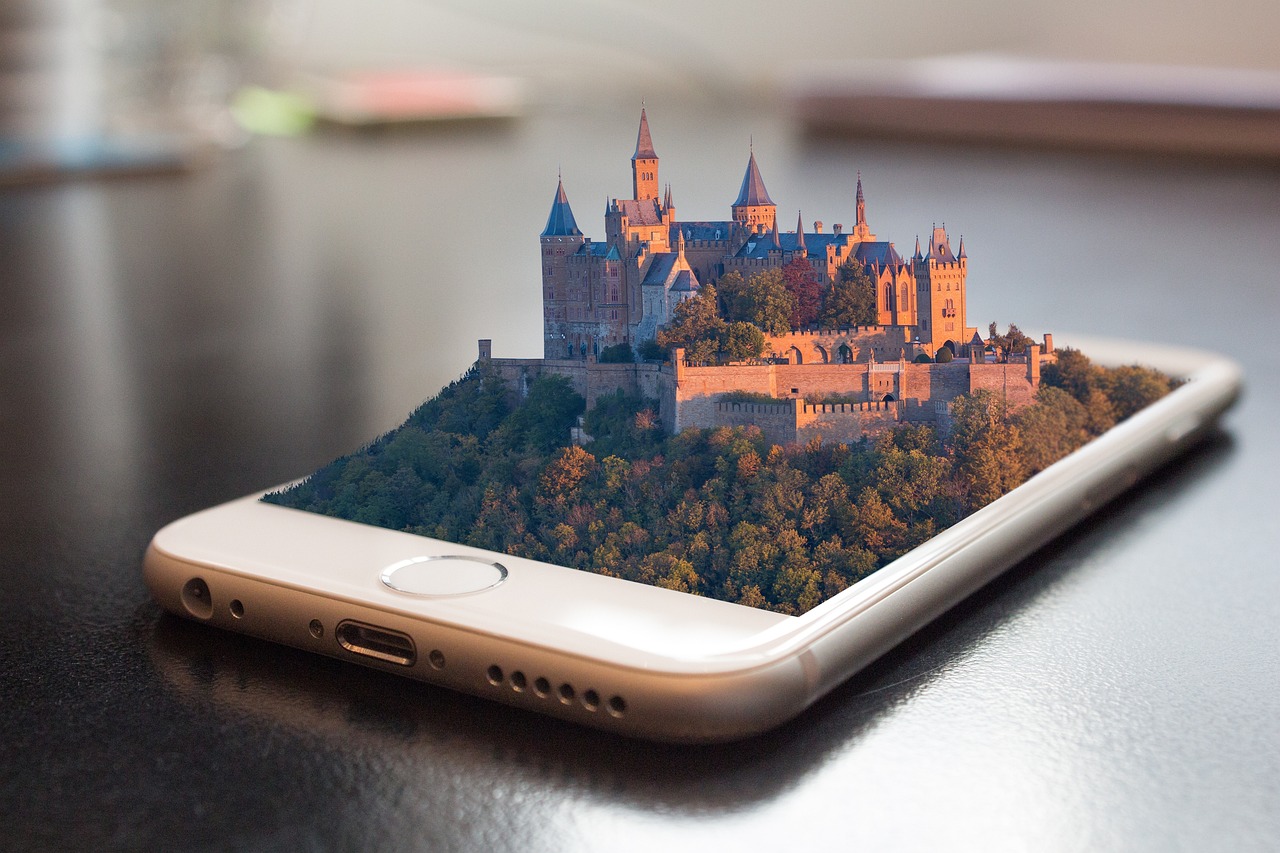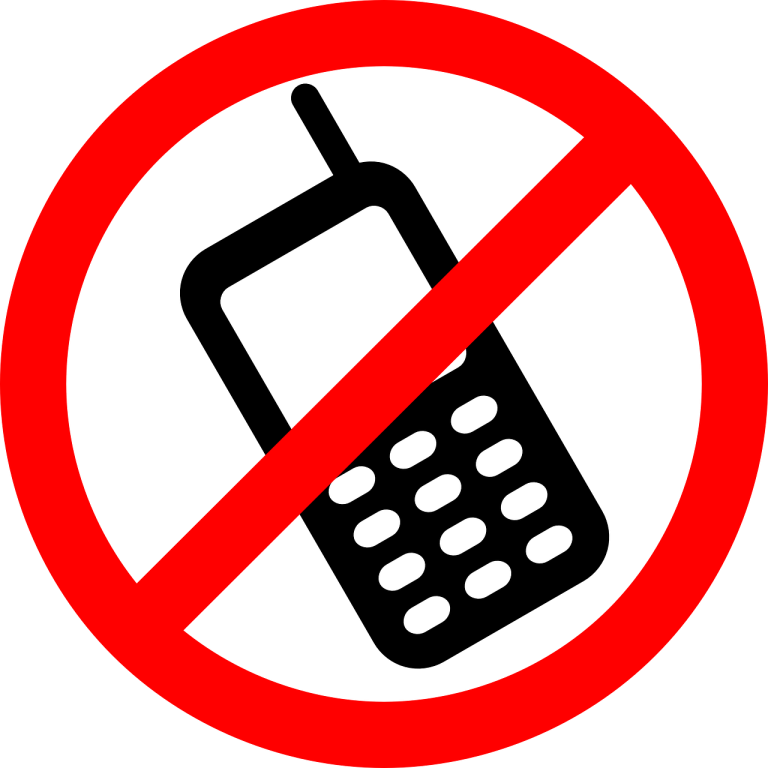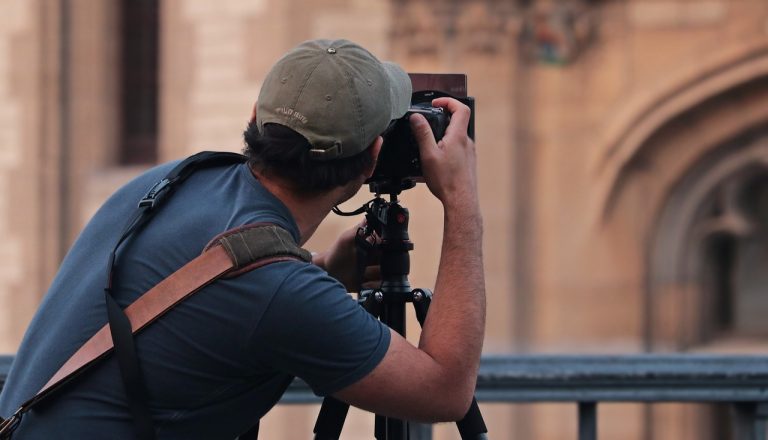In today’s digital world, visuals are everything—especially when it comes to selling real estate or products. With so many buyers browsing online, the images you use can make or break a sale. Yet, many sellers still rely on smartphone photos, thinking they’re “good enough.” Unfortunately, that’s rarely the case. Let’s explore the common photography mistakes that could be costing you sales and why relying on phone photos could be hurting your business.
Common Photography Mistakes
- Poor Lighting
- Dark, poorly lit images can make a property or product look dull and uninviting. Natural light is key to capturing a warm, welcoming atmosphere, but phone cameras often struggle with adjusting for different lighting conditions. This leads to grainy or overly bright photos that don’t do justice to your space.
- Cluttered Spaces
- Whether it’s a property listing or a product photo, clutter distracts potential buyers from the key features. Phone photos often lack the detail and focus needed to highlight specific elements, making clutter more prominent and less appealing.
- Bad Angles
- Capturing the right angle is an art. Using a phone camera often results in images that are poorly framed, making rooms look smaller or products look less appealing. Professionals know how to use angles and wide-angle lenses to showcase spaces in the best possible light, something phone cameras can rarely achieve.
- Distorted Images
- Smartphone cameras often struggle with maintaining perspective, leading to distorted lines and skewed images, especially in small spaces. This can make rooms or objects look unbalanced, unprofessional, and ultimately unattractive to buyers.
Why Phone Photos Are Bad for Sales
While smartphones have improved in quality, they still fall short when it comes to professional photography needs. Here’s why:
- Limited Dynamic Range: Smartphones can’t capture the same level of detail, especially in tricky lighting. Professional cameras offer greater control over exposure, contrast, and clarity, allowing for sharper, more vibrant images.
- Lack of Specialized Lenses: Phones are designed for convenience, not specialized tasks. They lack the wide-angle or telephoto lenses required to properly photograph large spaces or highlight intricate product details.
- Low Resolution: Phone photos may look fine on small screens, but when blown up for websites, brochures, or real estate listings, they lose clarity and appear pixelated, giving an unprofessional impression.
The Professional Difference
Investing in professional photography can be the difference between an average listing and one that grabs attention. Here’s what you get:
- Expert Lighting and Composition: Professionals know how to work with natural and artificial light to create bright, clear images. They also know how to frame shots to highlight the most appealing aspects of your property or product.
- High-Quality Equipment: From DSLR cameras to wide-angle lenses and tripods, professional photographers use the best tools to capture high-resolution, distortion-free images.
- Editing Skills: It’s not just about taking the photo—editing plays a key role in making sure colors pop, lighting is perfect, and the final product is flawless.
While smartphones have their place in everyday snapshots, they aren’t the right tool for professional listings or product showcases. Investing in professional photography can elevate your images, attract more buyers, and ultimately boost your sales. Don’t let amateur images be the reason potential clients scroll past—let the professionals make your property or product shine.



